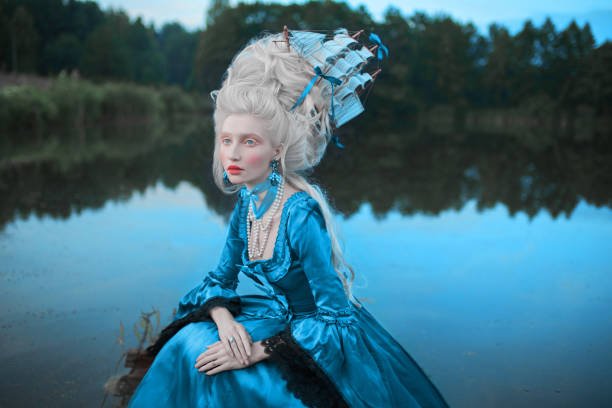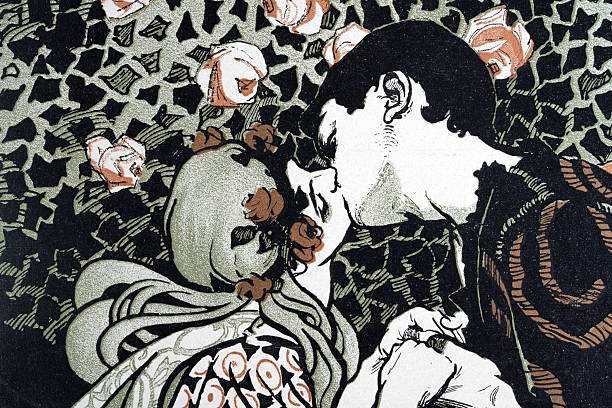The romantic drama is one of the most timeless and widely loved genres in storytelling. From ancient poetry and theater to modern films and TV series, romantic dramas capture the essence of human emotions, relationships, and the struggles of love. Unlike lighthearted romantic comedies, romantic dramas dive deeper into the complexities of love, heartbreak, sacrifice, and the challenges that come with human connection.

What is a Romantic Drama?
A romantic drama is a subgenre of drama that focuses on the theme of love and relationships, but with intense emotional depth. The genre highlights not just the joys of love, but also the struggles, misunderstandings, and sacrifices that test characters’ emotions.
At its core, a romantic drama is about the power of love to transform lives, often showing both its beauty and its pain.
Key Characteristics of Romantic Dramas
- Emotional Depth
These stories go beyond simple romance, exploring issues like heartbreak, betrayal, or sacrifice. - Complex Characters
Characters are often flawed, realistic, and relatable, making their love stories feel authentic. - Conflict and Struggle
Love is not shown as easy—conflicts like family opposition, social pressures, or personal dilemmas add tension. - Themes of Sacrifice and Hope
Romantic dramas often focus on whether characters are willing to sacrifice for love, and whether true love can endure hardships. - Bittersweet Endings
Unlike pure romances, many romantic dramas end with heartbreak, separation, or a mix of joy and sorrow.
Why Romantic Dramas Are Popular
Romantic dramas appeal to audiences because they reflect the real struggles of human relationships. Viewers are drawn to them because:
- They are relatable: Almost everyone has experienced love, heartbreak, or longing.
- They offer emotional release: Audiences cry, hope, and feel alongside the characters.
- They combine realism with beauty: Even in tragedy, romantic dramas highlight the beauty of love and human connection.
- They resonate across cultures: Love is a universal theme, making the genre popular worldwide.

Subgenres of Romantic Drama
Romantic drama itself branches into many sub-niches, each focusing on different aspects of love:
- Historical Romantic Drama – Love stories set in past eras (Pride and Prejudice, Atonement).
- Tragic Romantic Drama – Stories that end in heartbreak (Titanic, Romeo and Juliet).
- War-time Romantic Drama – Love tested during times of war (Casablanca, Cold Mountain).
- Family-Centered Romantic Drama – Love facing challenges due to family and social barriers (The Notebook, Dilwale Dulhania Le Jayenge).
- Coming-of-Age Romantic Drama – Young love and self-discovery (Call Me by Your Name, The Fault in Our Stars).
Famous Romantic Dramas
- Movies
- Titanic (1997) – A tragic yet iconic love story aboard the doomed ship.
- The Notebook (2004) – A tale of love overcoming memory and time.
- Pride and Prejudice (2005) – A classic period drama of love and misunderstanding.
- A Walk to Remember (2002) – A bittersweet story of young love and loss.
- La La Land (2016) – A modern musical drama about dreams and love.
- TV Shows
- Outlander – A mix of history, love, and adventure.
- This Is Us – Focuses on family love and romantic struggles over decades.
- Normal People – An intimate portrayal of young love and emotional growth.
- Books
- Wuthering Heights by Emily Brontë – A dark, passionate love story.
- Jane Eyre by Charlotte Brontë – Romance combined with independence and morality.
- The Fault in Our Stars by John Green – A modern classic about love, illness, and loss.
The Impact of Romantic Dramas on Society
Romantic dramas often influence culture and society by shaping ideas of love, sacrifice, and relationships. They spark conversations about social issues like class differences, cultural barriers, and gender roles. Many romantic dramas have also become cultural touchstones, quoted and remembered across generations.

Conclusion
The romantic drama continues to be one of the most powerful storytelling genres, connecting deeply with audiences across the world. By blending love with struggle, hope with heartbreak, and joy with sorrow, it creates stories that stay in people’s hearts long after they end.
Whether in books, films, or TV shows, romantic dramas remind us that love is not always easy—but it is always worth experiencing. Their emotional intensity and timeless themes ensure that this genre will never fade, but instead continue to evolve with every generation.